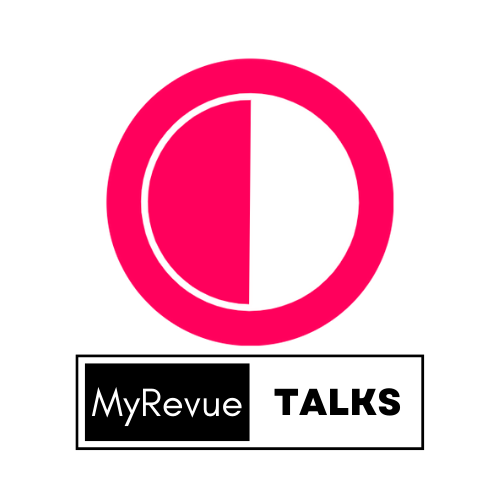UGC and its role in brand customer loyalty measurement
By leveraging UGC effectively, brands can gain insights into customer loyalty and make data-driven decisions to enhance customer

Written by Shivangi
Updated on 14/07/2023
<p class="MsoNormal">User-generated content (UGC) plays a valuable role in
measuring brand customer loyalty. Let's explore how UGC contributes to the
measurement of customer loyalty:<o:p></o:p></p><p class="MsoNormal"><br></p>
<p class="MsoNormal">UGC-Based Customer Advocacy:</p><p class="MsoNormal"> a. Positive UGC as Loyalty
Indicator: UGC, such as customer testimonials, reviews, or social media posts,
can indicate customer loyalty. Positive UGC reflects customers' willingness to
share their positive experiences and advocate for the brand. By monitoring and
analyzing UGC-based customer advocacy, brands can gauge the level of loyalty
among their customer base.<o:p></o:p></p><p class="MsoNormal"><br></p>
<p class="MsoNormal">b. UGC-Based Customer Referrals: UGC can also contribute to
measuring customer loyalty through customer referrals. When customers actively
refer the brand to others through UGC, it indicates a high level of loyalty and
satisfaction. Tracking UGC-based customer referrals helps assess the loyalty of
customers and their propensity to recommend the brand.<o:p></o:p></p><p class="MsoNormal"><br></p>
<p class="MsoNormal">UGC-Based Engagement and Interaction: </p><p class="MsoNormal">a. UGC-Based Customer
Engagement: UGC provides insights into customer engagement and interactions
with the brand. By analyzing UGC, brands can measure the level of engagement
and participation of customers, which is often a reflection of loyalty. UGC-based
customer engagement metrics, such as likes, comments, or shares, can serve as
indicators of loyalty.<o:p></o:p></p><p class="MsoNormal"><br></p>
<p class="MsoNormal">b. UGC-Driven Customer Community: UGC-based customer
communities foster a sense of belonging and loyalty among customers. Monitoring
UGC within these communities helps measure customer loyalty by assessing the
level of active participation, ongoing conversations, and mutual support.
Strong and engaged UGC-driven customer communities indicate higher loyalty
levels.<o:p></o:p></p><p class="MsoNormal"><br></p>
<p class="MsoNormal">UGC-Based Sentiment and Brand Advocacy: </p><p class="MsoNormal">a. UGC-Based
Sentiment Analysis: UGC serves as a valuable source for sentiment analysis. By
analyzing UGC-based sentiment, brands can assess the positive sentiment
expressed by customers towards the brand. Positive sentiment indicates a higher
likelihood of loyalty, as customers who are satisfied and happy with their
experiences are more likely to remain loyal.<o:p></o:p></p><p class="MsoNormal"><br></p>
<p class="MsoNormal">b. UGC-Based Brand Advocacy: UGC can highlight customer
brand advocacy, showcasing customers who actively promote and advocate for the
brand. UGC-based brand advocacy metrics, such as the number of UGC-based
mentions, hashtags, or brand-related content created by customers, can be used
as indicators of loyalty. Customers who consistently generate UGC-based brand
advocacy are likely to be loyal and passionate about the brand.<o:p></o:p></p><p class="MsoNormal"><br></p>
<p class="MsoNormal">UGC-Based Loyalty Programs and Rewards: a. UGC-Based Loyalty
Program Engagement: Brands can measure customer loyalty by tracking UGC-based
engagement within loyalty programs. UGC-based metrics, such as the number of
UGC submissions, UGC-based challenges completed, or UGC-based loyalty program
redemptions, can provide insights into customer loyalty levels and their active
participation in loyalty initiatives.<o:p></o:p></p><p class="MsoNormal"><br></p>
<p class="MsoNormal">b. UGC-Based Loyalty Rewards: UGC can also play a role in
measuring loyalty through rewards programs. By tracking UGC-based loyalty
rewards earned or redeemed, brands can assess customer loyalty and the extent
to which customers engage with loyalty programs. UGC-based loyalty rewards
metrics indicate the level of loyalty and the value customers derive from
participating in loyalty initiatives.<o:p></o:p></p><p class="MsoNormal"><br></p>
<p class="MsoNormal">In summary, UGC contributes to the measurement of brand
customer loyalty through UGC-based customer advocacy, engagement, sentiment,
and participation in loyalty programs. UGC-based metrics, such as customer
referrals, engagement levels, sentiment analysis, brand advocacy, and loyalty
program involvement, help assess customer loyalty levels and the strength of
the customer-brand relationship. By leveraging UGC effectively, brands can gain
insights into customer loyalty and make data-driven decisions to enhance
customer loyalty and retention.<o:p></o:p></p>
<p class="MsoNormal"><o:p> </o:p></p>
